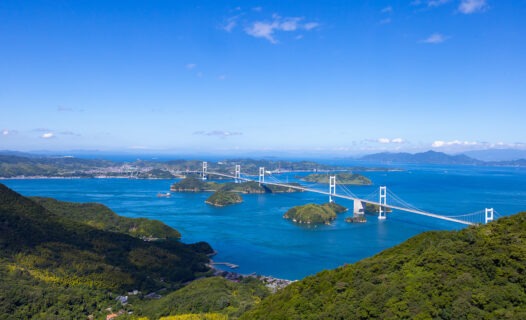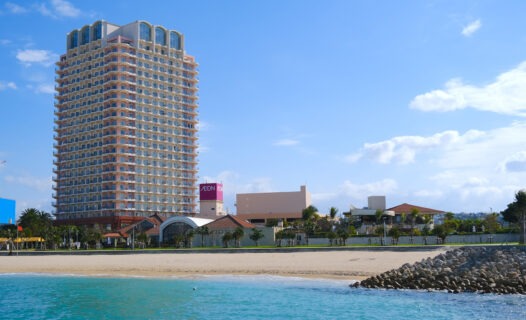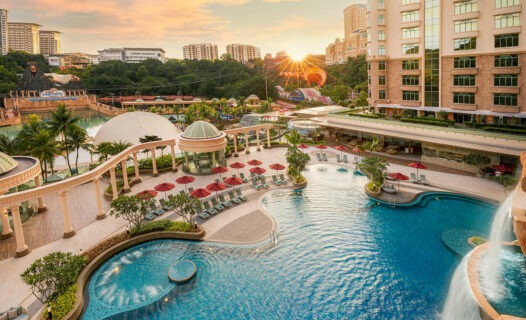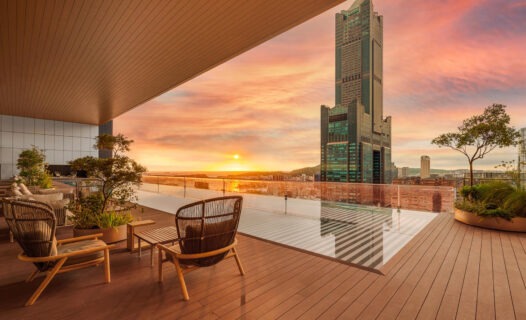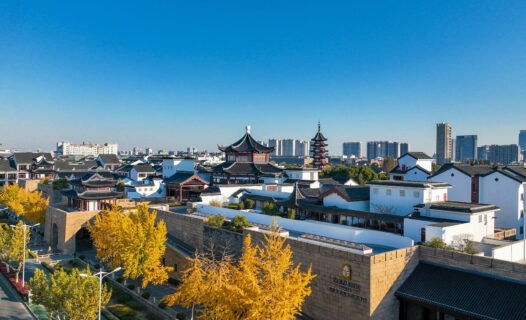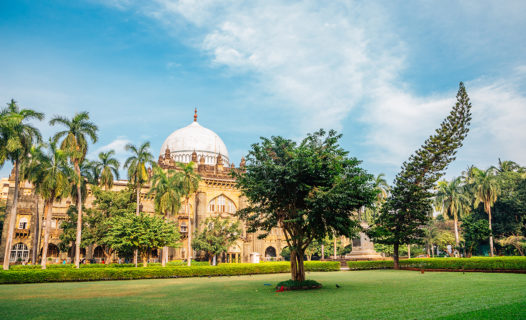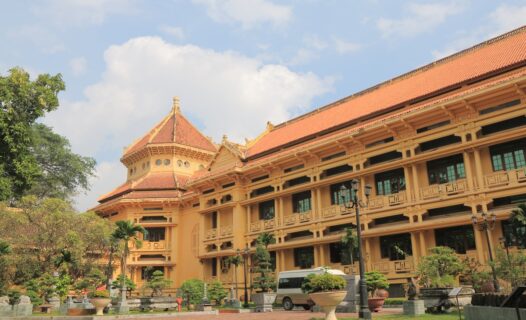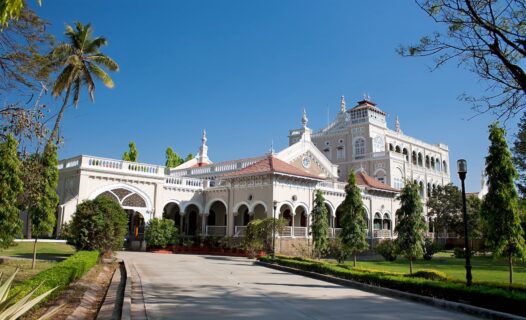Nestled in the bustling heart of Tokyo, Harajuku stands as a vibrant epicenter of fashion, culture, and unique Japanese experiences. Known globally for its quirky street fashion, kawaii culture, and eclectic array of cafes and shops, Harajuku promises a blend of tradition and modernity that captivates every visitor. Whether you’re a fashion enthusiast, a foodie, or a traveler seeking the unconventional, Harajuku has something special in store. Let’s dive into everything you need to know for an unforgettable trip to this iconic Tokyo district.
Day-by-Day Itinerary
Day 1: Exploring Takeshita Street
Start your Harajuku adventure with a visit to the famous Takeshita Street. This bustling pedestrian street is the heart of teenage culture in Tokyo, lined with trendy shops, boutiques, and cafes. From street fashion to accessories, it’s a treasure trove for those looking to dive into the local kawaii culture. Don’t miss out on iconic spots like Kura Sushi Harajuku for conveyor belt-delivered sushi, crepes, and ice cream or Godiva Dessert for Belgian chocolates, truffles, cocoa, and other sweet gift items.
Day 2: Discover Harajuku’s Historical Side
On your second day, explore Harajuku’s rich history by visiting the Meiji Shrine. Nestled within a tranquil forest, this Shinto shrine is dedicated to Emperor Meiji and Empress Shoken. It offers a peaceful retreat from the city’s hustle and bustle. Participate in traditional rituals, and if you’re lucky, witness a traditional wedding procession.
Day 3: Indulge in Harajuku’s Culinary Delights
Harajuku is not just about shopping and culture; it’s also a haven for food lovers. Spend the third day savoring local delicacies. Start with a visit to Pompompurin Cafe, themed around the popular Sanrio character Pompompurin, and top off the day with some street food from vendors along Takeshita Street, offering everything from crepes to takoyaki.
Day 4: Art and Culture on Cat Street
Day four is perfect for art enthusiasts. Explore Cat Street, a narrow alleyway that is home to numerous art galleries, vintage shops, and designer boutiques. This area showcases a different side of Harajuku, with its creative atmosphere and avant-garde fashion. Visit Design Festa Gallery, where local artists display their work, and don’t forget to check out some of the unique street art scattered throughout the area.
Day 5: Relax and Reflect in Yoyogi Park
After several days of exploration, take a break in Yoyogi Park. This expansive park is a favorite for locals and tourists alike, offering green spaces for picnicking, jogging, and relaxing. On Sundays, you can witness various cultural performances and gatherings, including the famous rockabilly dancers. It’s a perfect spot to unwind and soak in the local atmosphere.
Festivals and Events Coverage
Harajuku is home to numerous festivals and events that capture the essence of its cultural vibrancy. The Harajuku Omotesando Genki Matsuri Super Yosakoi Festival takes place every summer and features traditional Yosakoi dance performances that enliven the streets. Another notable event is the Harajuku Fashion Walk, where fashion enthusiasts and cosplayers parade through the streets showcasing their unique styles.
If visiting during the New Year, be sure to experience Hatsumode at Meiji Shrine, where thousands gather to make their first prayers of the year. Cherry blossom season also brings a special charm, and you can enjoy hanami (flower viewing) at nearby Yoyogi Park.
Practical Information for Travelers
Getting around Harajuku is a breeze thanks to its central location. The Harajuku Station on the JR Yamanote Line provides easy access to the area. The best time to visit is during spring (March to May) and autumn (September to November), when the weather is pleasant. Be sure to pack comfortable walking shoes as you’ll be exploring on foot most of the time. Basic Japanese phrases can be quite handy, so consider learning greetings and simple questions. For currency, yen is used, and credit cards are accepted at most establishments, though it’s useful to carry some cash for smaller shops and food stalls.









